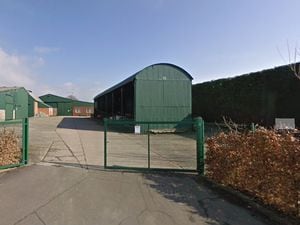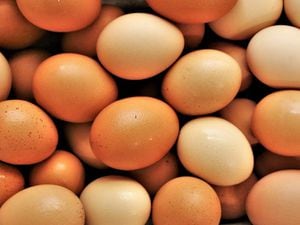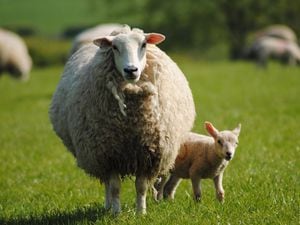Mineral nutrition and soil health
The effects of floods and heavy rainfall during the autumn and winter of 2019 are showing in some grass fields.

One inch of water over an acre is the equivalent to 100 tonnes, leading to compaction and poor soil health.
Levels of mineral leaching will be higher than expected resulting in poorer soil mineralisation. Damage to the soil structure will reduce the ability of the roots to absorb nutrients from the soil and this may all lead to lower minerals levels at grazing.
Grass may also have increased levels of heavy metals which are antagonists to the favourable metals.
Minerals and vitamins are involved in all the core functions of the body including metabolism, enzyme function, nutrient utilisation, reproduction and cellular repair. A deficiency or toxic level of any mineral will potentially compromise several metabolic functions and reduce performance from grazing.
Pay close attention to mineral nutrition at grazing. Mineral levels should be balanced based on the mineral requirements of the herd, and if buffering rates have dropped through the summer, mineral supplementation may need to be increased to continue to meet requirements. However, farmers must not blanket increase, particularly in cases of high compound feed rates, as this may increase the risk of over-feeding certain minerals.
Rob Fuller, NWF Business Development Manager





